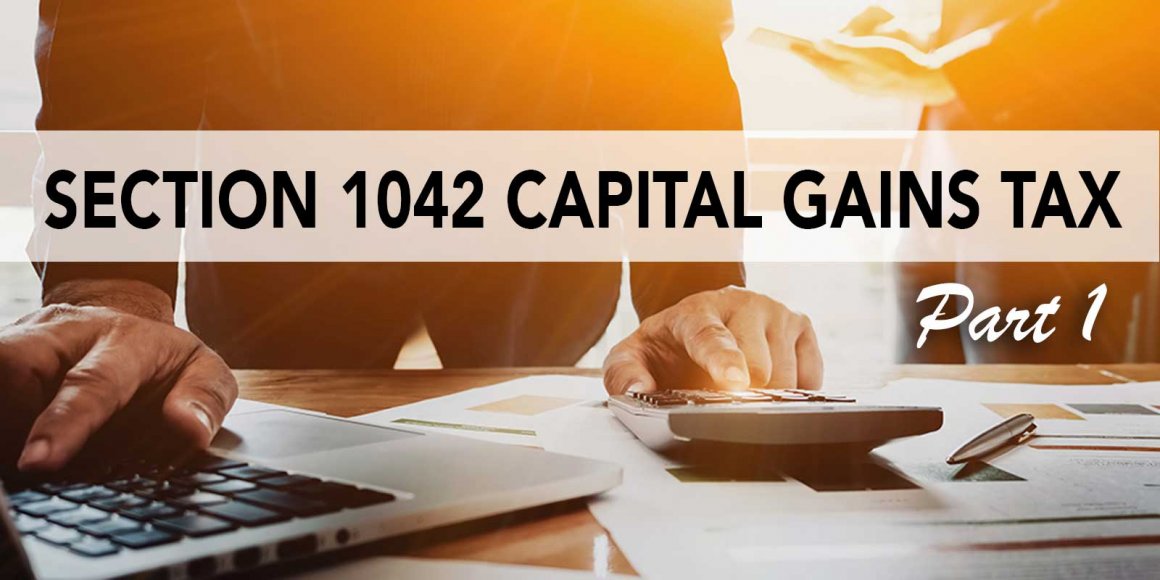IRC Section 1042 Capital Gains Tax Deferral [Part 1]
A Brief Overview
There can be significant tax benefits for business owners who sell all, or a portion, of their company shares to an Employee Stock Ownership Plan (“ESOP”). IRC Section 1042 offers tax deferral on the capital gain from the sale proceeds, given that certain guidelines are met. The tax benefits associated with an ESOP can provide significant value to the selling shareholder(s), the company and the employees participating in the plan.
The impact of this long-term tax deferral strategy can be quite advantageous. Given the current tax environment, a seller with a built-in capital gain of $20 million can defer and, in some cases, eliminate capital gains taxes approaching $6 million. Tax issues should not drive the decision to sell a business, but once the decision is made, the tax benefits of the ESOP make it a viable alternative to selling to a competitor or a private equity firm.
What is Section 1042 and How Can You Benefit From It?
Simply put, it is the most significant tax benefit available to business owners who sell to an ESOP. Under certain circumstances, capital gains taxes may be avoided entirely.
In the recent past when Federal Capital Gains Taxes were at a relatively low 15%, the benefit of the deferral was significantly less. Under these conditions, most sellers elected to pay the tax and move on, figuring taxes would never be lower. We concurred with this strategy and advised clients to take advantage of this historically low capital gains tax rate.
The situation has changed since then, and will likely change again with the new administration in the White House. Under legislation approved by Congress to avoid the “Fiscal Cliff,” capital gains taxes have increased to 20% from the previous 15% level. Additionally, the commonly dubbed “Obamacare” tax of an additional 3.8% on top of the statutory 20% tax comes into play. The seller of a business or portion of a business now faces a Federal capital gains tax of 23.8%; however, there are still state taxes to pay. In a high tax state like California, with its 12.3% tax, this means that a seller is facing a tax burden that in excess of 36% vs. the previous 20% when combining the Federal and state burden on the sale of a business. As a result, business owners are increasingly looking to the Section 1042 Capital Gains Tax deferral as an important factor relative to the sale of their business, specifically with the goal of maximizing true value at the end of the sale.
Why don’t more sellers take advantage of this situation? Sadly, the professional community just hasn’t done a very good job creating awareness of this opportunity.
Are you interested in learning more about Section 1042? Download our complimentary white paper for information about the most significant benefit available to business owners who implement an ESOP.
ADDITIONAL RESOURCES


